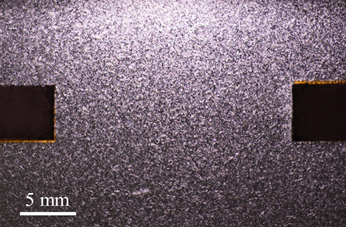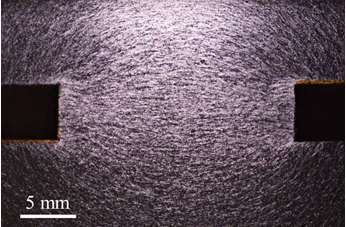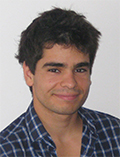Newsletter 2017.2 Index
Theme : "The Conference of Fluid Engineering Division"
|
Innovative Cellulose Material Synthesis by Electrostatic Fibril Alignment
Yusuke Takeda |
Abstract
In recent years, cellulose nanofibrils (CNF) have attracted significant attention as a novel biomass material. The fibrils are produced by liberating wood fibers to their nano-scale building blocks and have considerable potential to be applied to composite materials due to their outstanding mechanical (high stiffness of the crystalline regions ~ 138 GPa) and thermal properties (low thermal expansion). In order to synthesis a cellulose filament with high mechanical properties from CNF, it is essential to enhance the CNF alignment in a cellulose filament. Recently, flow-focusing method has been proposed as an effective enhancement of the CNF alignment during a cellulose filament synthesis. In this method, the CNF alignment is controlled by extensional flow to be parallel to the flow direction. However, the degree of the CNF alignment obtained by this method is not still high enough to extract the outstanding mechanical properties of CNF. In this study, an innovative method for controlling the CNF alignment has been developed by combining the electrostatic fibril alignment with previously proposed flow-focusing method. Firstly, the response of micro-scale cellulose fibrils was investigated through visualization under AC electric field in a petri dish without flow. It was found that under AC electric field, the fibrils align parallel to the direction of the electric field by electrostatic torque acting on electric dipole of the fibrils by taking approximately 20 seconds. Secondly, this electrostatic fibril alignment method was applied to the dynamic flow-conditions in the flow focusing channel, where three pairs of electrodes are located upstream of the flow-focusing section. The CNF alignment was measured in the downstream of the electrodes in the flow-focusing channel through the optical measurement using the birefringent characteristics of CNF dispersion. It was clearly shown that upstream AC electric field enhances the CNF alignment in the flow-focusing section.
Key words
Cellulose Nanofibrils, Cellulose Material Synthesis, Electrostatic Field, Fibril Alignment, Multiphase Flow
Figures

(a) 0 Vpp

(b) 1 kVpp, 5 kHz
Fig. 1 Visualization of micro-scale cellulose fibrils with or without AC electric field.

Fig. 2 Schematic illustration of experimental setup with a flow-focusing channel imposing electrostatic field for the alignment of charged fibrils in the upstream of flow-focusing section.

Fig. 3 Axial distribution of transmitted light intensity for various applied voltages obtained from the averaged CCD image at the square sections shown in the picture.






